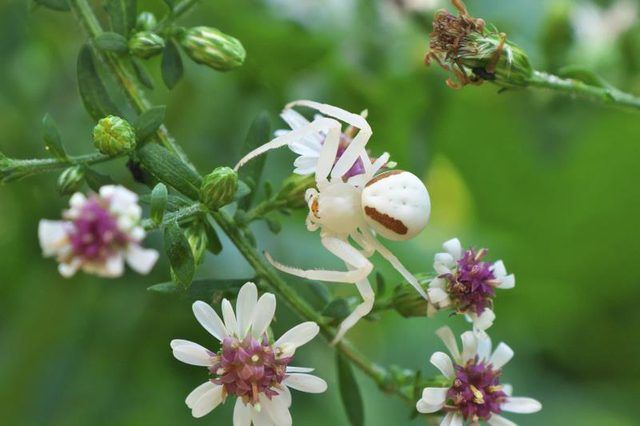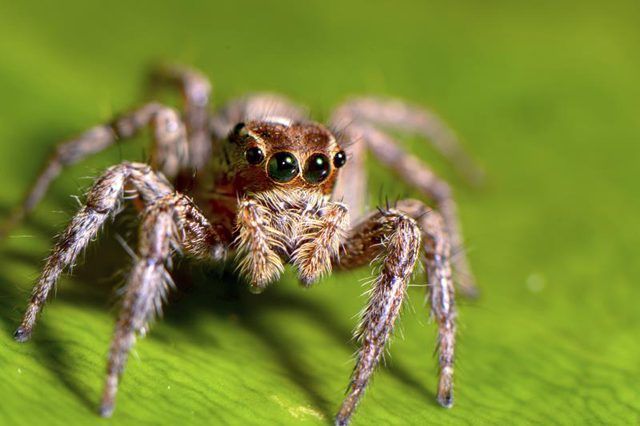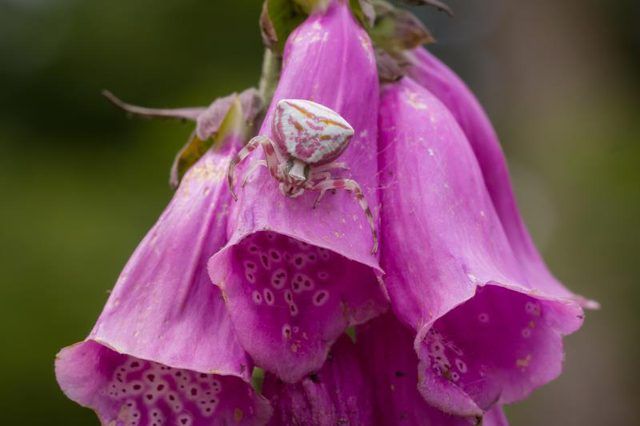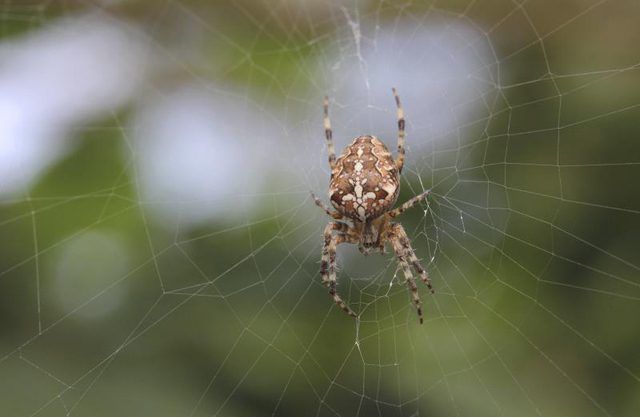Bulbs
Flower Basics
Flower Beds & Specialty Gardens
Flower Garden
Garden Furniture
Garden Gnomes
Garden Seeds
Garden Sheds
Garden Statues
Garden Tools & Supplies
Gardening Basics
Green & Organic
Groundcovers & Vines
Growing Annuals
Growing Basil
Growing Beans
Growing Berries
Growing Blueberries
Growing Cactus
Growing Corn
Growing Cotton
Growing Edibles
Growing Flowers
Growing Garlic
Growing Grapes
Growing Grass
Growing Herbs
Growing Jasmine
Growing Mint
Growing Mushrooms
Orchids
Growing Peanuts
Growing Perennials
Growing Plants
Growing Rosemary
Growing Roses
Growing Strawberries
Growing Sunflowers
Growing Thyme
Growing Tomatoes
Growing Tulips
Growing Vegetables
Herb Basics
Herb Garden
Indoor Growing
Landscaping Basics
Landscaping Patios
Landscaping Plants
Landscaping Shrubs
Landscaping Trees
Landscaping Walks & Pathways
Lawn Basics
Lawn Maintenance
Lawn Mowers
Lawn Ornaments
Lawn Planting
Lawn Tools
Outdoor Growing
Overall Landscape Planning
Pests, Weeds & Problems
Plant Basics
Rock Garden
Rose Garden
Shrubs
Soil
Specialty Gardens
Trees
Vegetable Garden
Yard Maintenance
Common Spiders in New York
Common Spiders in New York. The state of New York is home to a diverse assortment of spiders, from shy ground-dwellers to orb weavers that construct elaborate webs in plain view. Despite spiders' ability to instill fear and revulsion in some individuals, the spiders of New York are almost entirely harmless. They fill an important role in the food...
The state of New York is home to a diverse assortment of spiders, from shy ground-dwellers to orb weavers that construct elaborate webs in plain view. Despite spiders' ability to instill fear and revulsion in some individuals, the spiders of New York are almost entirely harmless. They fill an important role in the food chain and may be encountered commonly in gardens and other outdoor areas across the state.

Jumping spiders are a diverse group and easily identified by several shared traits, the most noticeable of which is their ability to jump or dart surprising distances at great speed. Jumping spiders are typically small, with thick, broad bodies, stout, furry legs and big eyes. They posses better eyesight than many other spiders, and, according to a New York State Conservationist article, may turn to look at a person who nears them. Rather than building webs, jumping spiders actively hunt insects, using their quick jumping ability to catch their prey. They are common in lawns, gardens, parks and other grassy areas.
Coloration varies widely among jumping spiders. The common jumping spider -- one of the frequently encountered species in New York, is mostly black with white bands on its legs and white, red or orange bands or spots on its abdomen; its fangs are blue or green. This species is also known as the bold jumping spider and white-spotted jumping spider. The females grow to a length of 1/4 to 3/4 inch and the males to under 1/2 inch, not including legs.

Crab spiders are aptly named, and their crablike appearance and ability to walk side-to-side makes them fairly simple to spot. They also have large abdomens and long legs that curve forward like the claws of crabs. These spiders hunt insect prey by ambush, using camouflage to blend with the blossoms of flowering plants. Many kinds of crab spiders can change color to blend with their surroundings, which can make identifying individual species a challenge.
The goldenrod crab spider, sometimes referred to simply as the goldenrod spider, is a common New York species. The adult female goldenrod spider is about 3/8 inches long, not including legs, and typically has a white or bright-yellow body with darker orange or red stripes on each side of its abdomen. An adult male is much smaller, no more than 5/32-inch in body length; its front areas are reddish-black, and its light-yellow abdomen displays two red streaks.

The handiwork of the nocturnal orb-weaving spiders is evident in early morning, when the circular webs they constructed the previous night stretch between fence posts, tree branches and blades of tall grass. As their name suggests, nocturnal orb weavers are active at night, spinning elaborate webs to catch insects. During the day, they hide nearby, often in a curled leaf wound with silk.
The cross spider, also known as the cross orb-weaver, is a common orb-weaving species in New York, and this fairly large spider can be identified by its long, red-and-brown-striped legs and large abdomen marked with shades of brown, red, yellow and white in a pattern that vaguely resembles a cross. An adult female grows to about 1 1/2 inches, including legs. The male's body is 3/8 inch long, not including legs, and its abdomen isn't as wide as a female's.
In the same family but active during the day and night, the black-and-yellow garden spider is one of New York's largest spiders. An adult female's body, not including legs, can measure up to 1 inch long; the adult male's body is roughly 1/4 inch long. Their long, outstretched legs make both genders appear larger. A black-and-yellow garden spider of either sex has a black abdomen marked with distinctive yellow stripes. This spider is common in sunny locations such as gardens and fields.

Sac spiders are the only spiders in New York that pose any threat to humans. Black widows and brown recluse spiders, while often blamed for many spider bites, don't do well in the state's cold climate. In fact, the New York State Conservationist article points out that most bites in New York state that are attributed to the brown recluse are likely from the yellow sac spider.
Yellow sac spiders are pale yellow or brown, have smooth bodies, dark fangs and protruding spinnerets at their abdomen tips; their bodies are about 3/8-inch long. They spin nests of silk beneath rocks and tree bark, and occasionally may be encountered beneath objects during yard work, including gardening. The bite of the yellow sac spider causes a painful sore that may be slow to heal but is seldom fatal, except in individuals with a compromised immune system.
